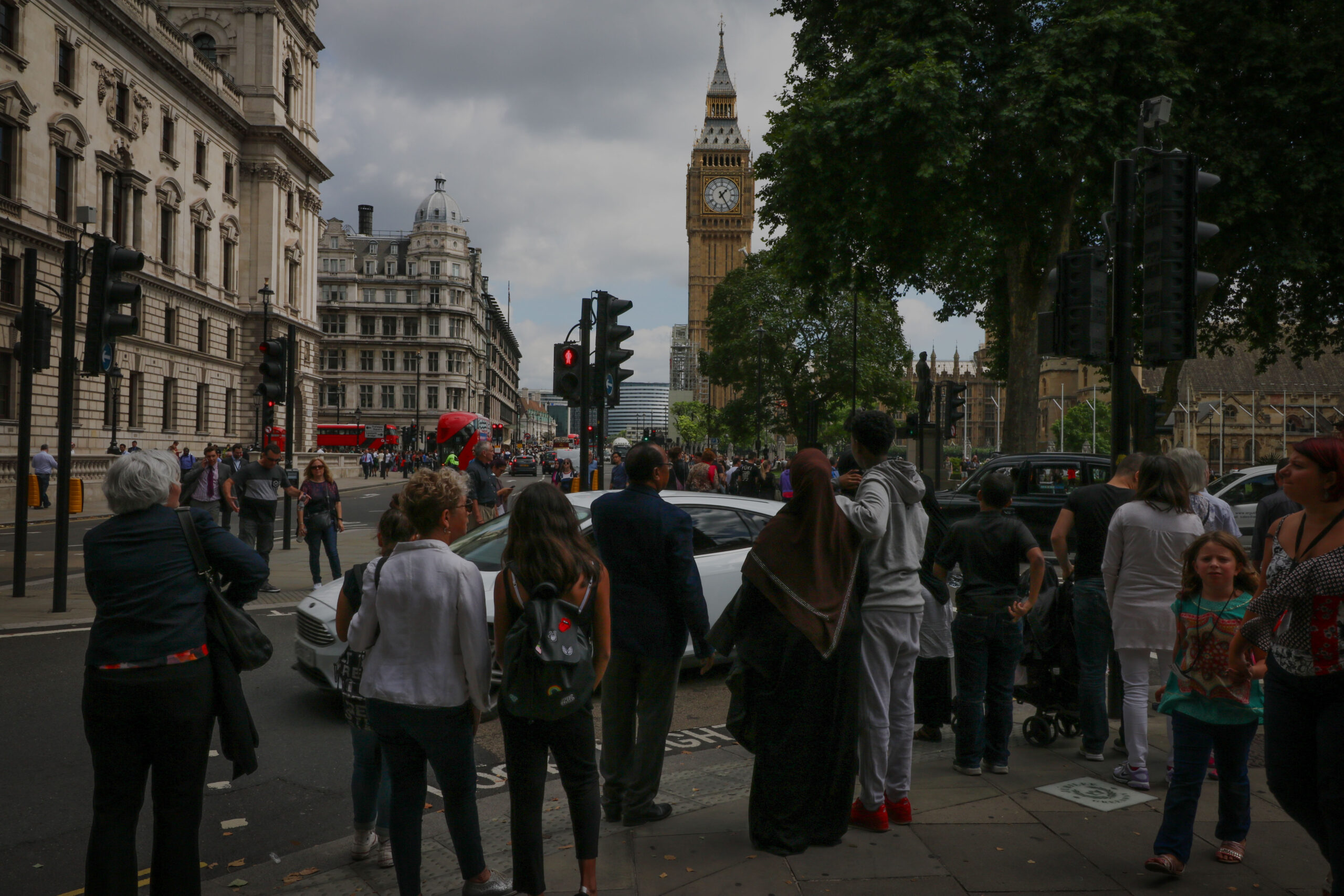There’s a kind of quiet tension in the air whenever the Bank of England edges near a rate decision. You can almost picture a long wooden table, stacks of briefing papers, the light outside that flat grey London window, and a handful of people whose raised eyebrows can send markets into a sprint. If the Bank does hold rates this Thursday, as many expect, it won’t be because the fight against inflation is over. It’s more the feeling of easing your foot off the brake but not yet touching the accelerator. The economy is still jittery, and household budgets are still wearing the bruises of the past two years. Holding steady is a way of saying: we’re watching, we’re waiting, we’re not done yet.

Shot with Canon EOS R6 Mark III and RF45mm F1.2 STM
But there’s movement in the whispers. Economists are circling February as the point where the Bank finally pivots toward cutting, when wage growth cools just enough and inflation’s sharpness dulls into something like a memory. Some are bolder, saying December could surprise us, like the early arrival of winter snow before you’ve taken the coats out of storage. Markets love that kind of rumor, the suggestion of an earlier relief. It signals that perhaps the worst of the squeeze has passed and that the cost of borrowing could finally begin to slide back toward normal. “Normal” is a slippery word, though. Pre-inflation normal might never return, and maybe we’re just building a new baseline, like someone learning to walk again after an injury.
There’s also a political undertone here, even if no one says it loudly in the press conferences. Rate cuts close to the new year tug at mortgage resets, business loans, and the general mood of the public. Confidence is a fragile thing, and a central bank can influence it without a single headline. If the next move is lower, even by a quarter point, it will be read as permission to exhale. A cautious exhale, sure, but still a moment of breathing room for a country that’s felt like it’s been holding its breath a bit too long.
No one wants to call it early, though. Inflation has a habit of hiding behind corners and returning just when everyone has begun celebrating. So for now, the Bank holds, markets speculate, households keep counting pennies, and February hangs there like a mark on the calendar. Whether the first cut comes then, or slips in sooner like an unexpected December gift, depends on data that hasn’t arrived yet and decisions that haven’t been made. The suspense is part of the story at this point.